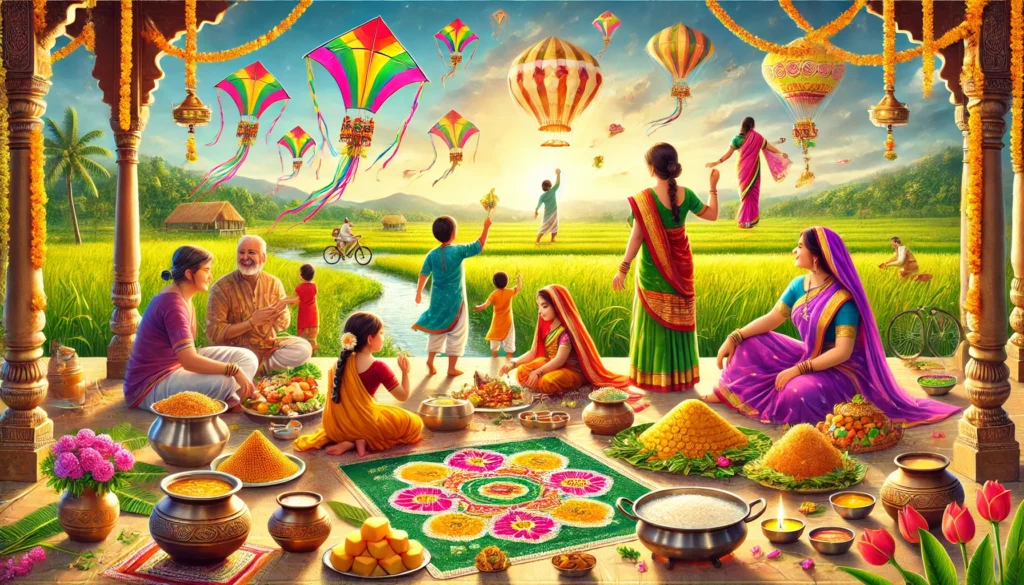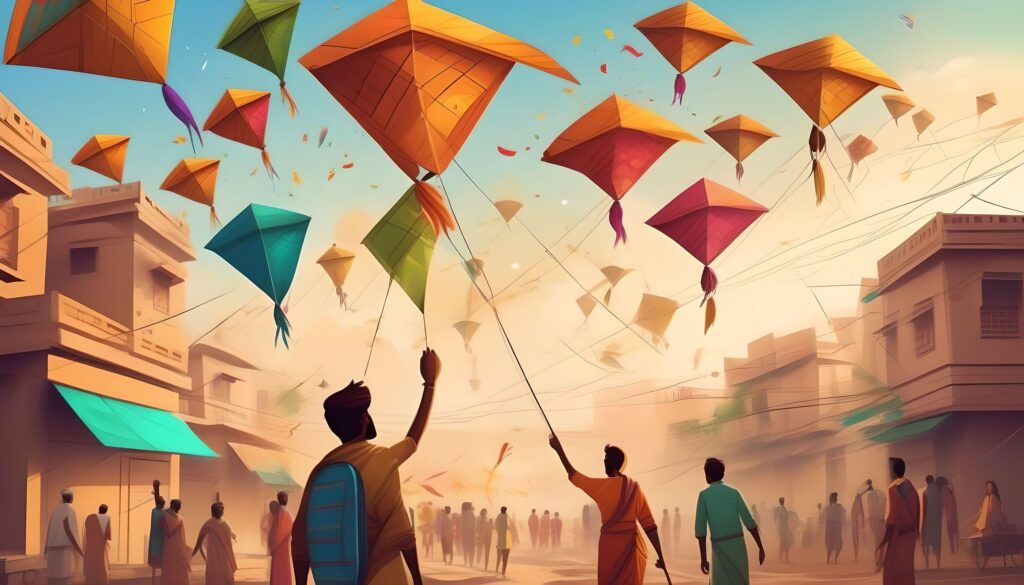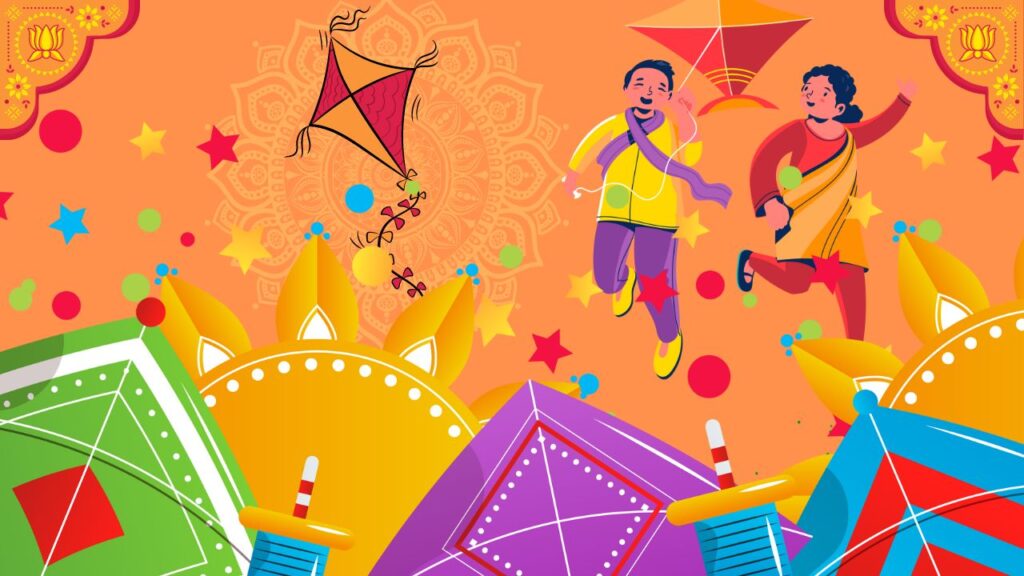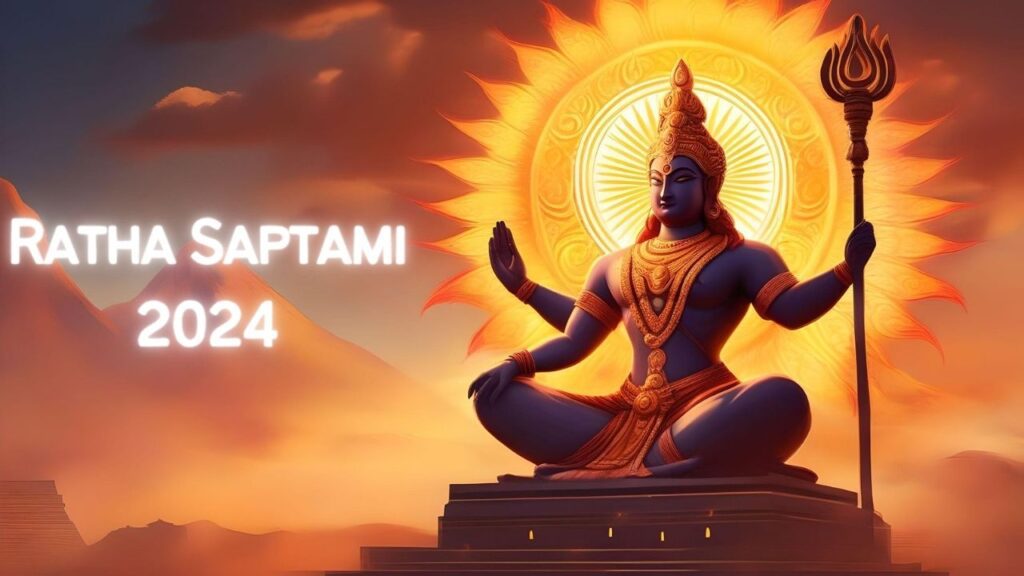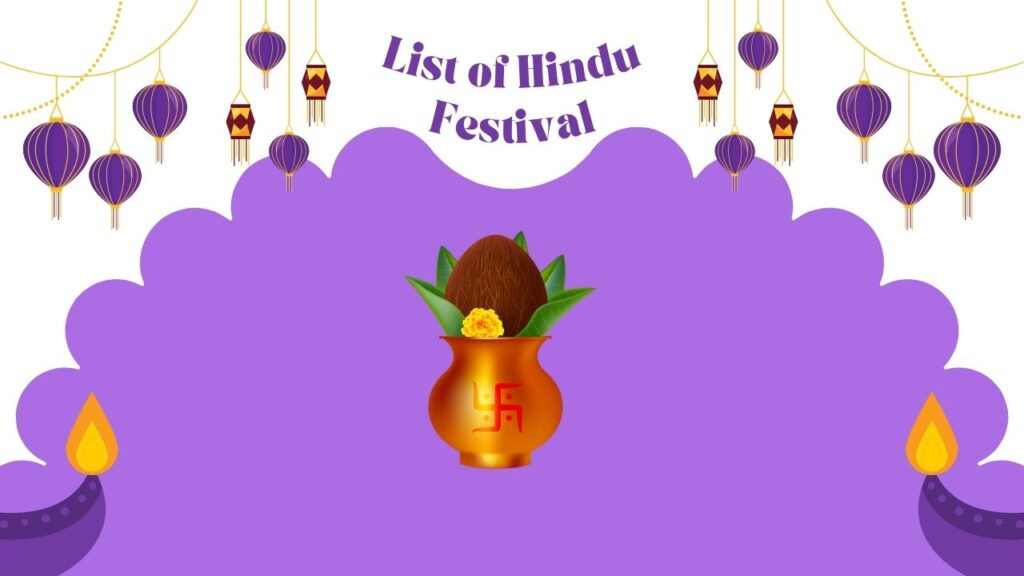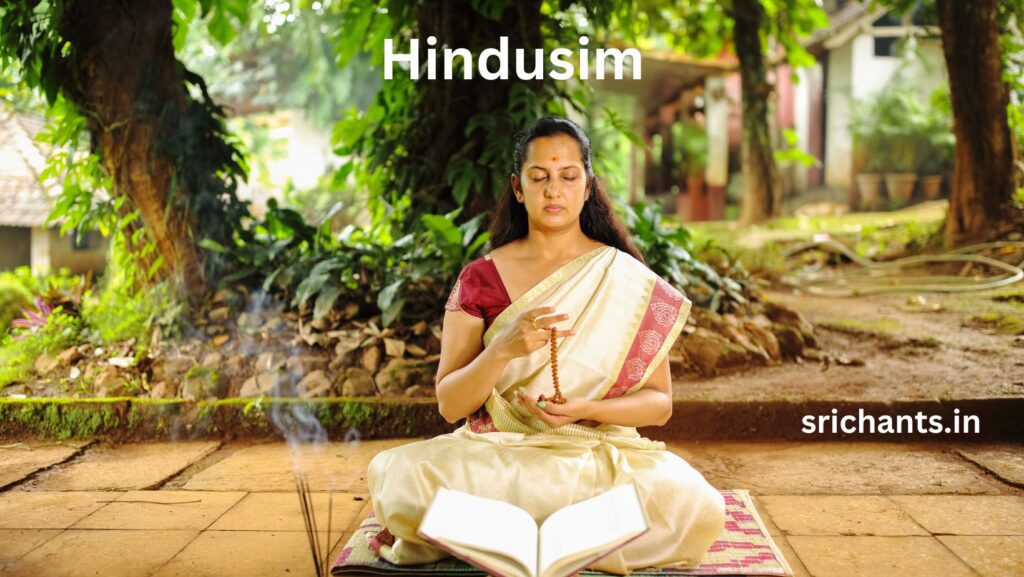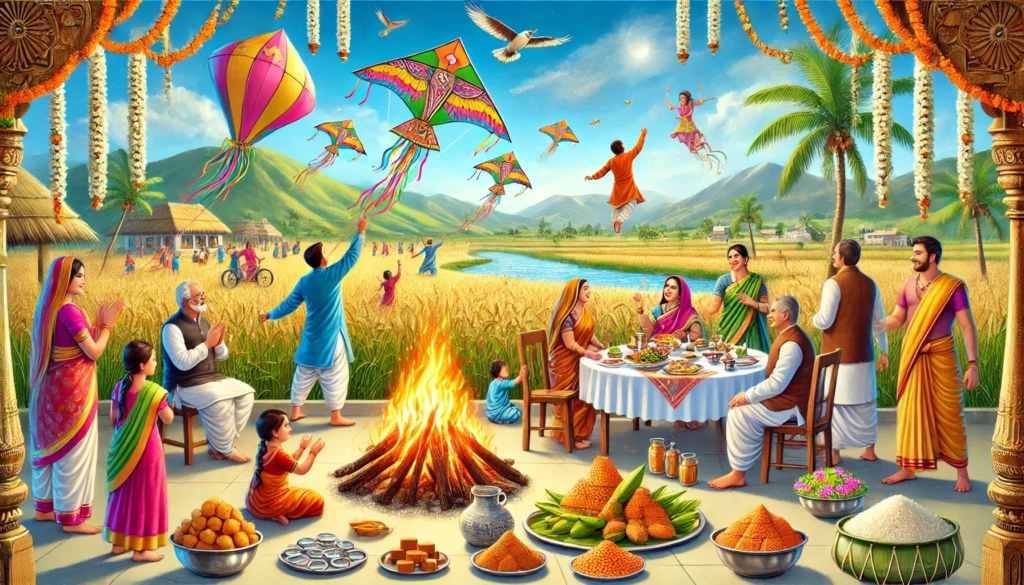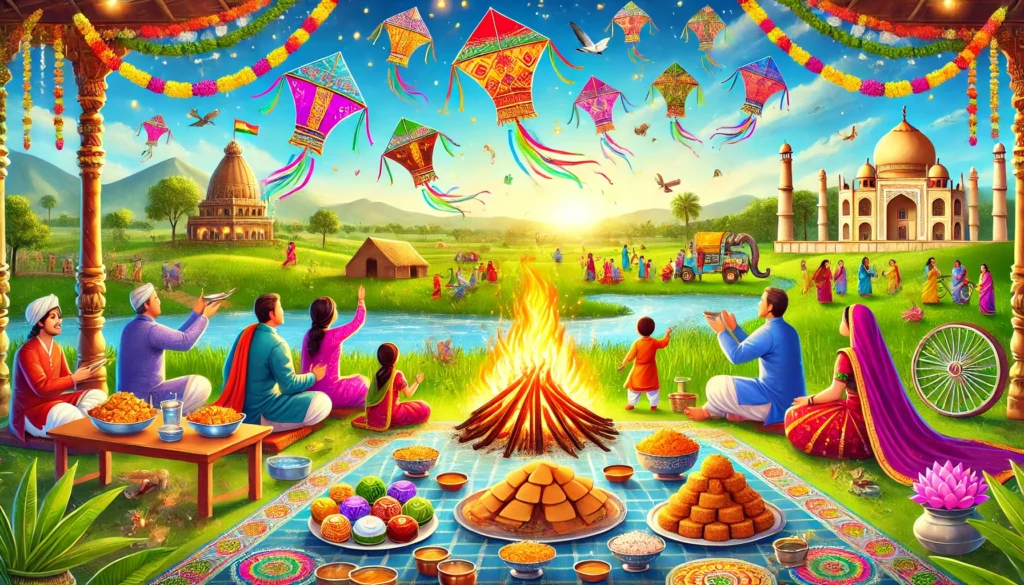Sankranti 2025: A Festival of Joy, Tradition, and Gratitude
Introduction:
Date: January 14, 2025
Sankranti, which occurs on January 14, 2025, is regarded as one of the most significant festivals in India. It represents the commencement of prolonged days and the Sun’s transition into Makara Rashi, Capricorn. Sankranti is a holiday that is both spiritual and practical, and it is observed throughout the nation. It is characterized by its vibrant colors and significance.
Sankranti is a cultural celebration in India, celebrating the harvest, respecting the environment, and welcoming new starts. It showcases the diverse cultural diversity of India, with each region bringing its unique flavor.
What Is Sankranti and Why Is It Celebrated?
Sankranti signifies the transition of the Sun from one zodiac sign to another. The transition into Capricorn (Makara) is particularly favorable among these. This signifies the end of the winter solstice and the commencement of Uttarayana, a season characterized by extended, more temperate days.
Sankranti is a harvest festival that commemorates the fruits of cultivators’ labor. This is the time to express gratitude to the Sun God and the environment for their blessings. This day is also associated with spiritual rebirth and purity in Hindu tradition. Numerous individuals conduct ceremonies, donate to the impoverished, and visit sacred baths in revered rivers.

Celebrations Across India
Sankranti is known by various names and is celebrated with different customs across the country.
1. Gujarat: Uttarayan
Sankranti is associated with kite flying in Gujarat, where it is known as Uttarayan. As friends and family gather on roofs to compete, the skies are adorned with colorful kites. People gather to make and enjoy traditional dishes such as undhiyu and sesame-jaggery pastries.
2. Tamil Nadu: Pongal
Pongal, a four-day celebration, is the name given to the festival in Tamil Nadu. Pongal, a traditional meal, is made with jaggery and newly harvested rice. Beautiful kolams (rangoli) are used to decorate houses, and cows are worshipped as a sign of appreciation.
3. Punjab: Lohri and Maghi
Lohri is the Punjabi festival observed the day before Sankranti. The whole family gets together around the fire pit, where they sing, dance, and feast on gajak and rewri, traditional festival foods. The following day, on Maghi, people take holy baths and pray for wealth.
4. Assam: Magh Bihu
Magh Bihu is a festival celebrated in Assam with traditional games, feasts, and bonfires. Communities gather in makeshift shelters called Bhelaghar for feasts and celebrations.
5. Maharashtra and Karnataka: Sankranti Traditions
Sankranti celebrates benevolence in the Indian states of Maharashtra and Karnataka. “Tilgul ghya, god god bola,” which translates to “Take tilgul and speak sweetly,” is a common saying among families when they exchange sesame and jaggery sweets, also known as tilgul. They also make special meals like ellu bella and puran poli.

Key Rituals of Sankranti
1. Kite Flying
Kite flying is one of the most iconic aspects of Sankranti, especially in Gujarat and Rajasthan. It is a fun and competitive activity that symbolizes freedom and joy.
2. Holy Dips
Devotees take holy baths in rivers like the Ganga, Yamuna, and Godavari. These dips are believed to cleanse sins and purify the soul.
3. Charity and Donations
Sankranti is a time for sharing and giving. People donate food, clothes, and money to the needy as a way of spreading happiness and goodwill.
4. Worship of the Sun God
The Sun God is worshiped for health, prosperity, and success. Offerings include water, flowers, and traditional foods like rice and jaggery.
5. Special Foods
Festive dishes play an essential role in Sankranti celebrations. Some popular items include:
- Tilgul laddoos (sesame and jaggery sweets)
- Khichdi (a savory dish made with rice and lentils)
- Pongal in Tamil Nadu
- Pithe in Bengal
- Puran Poli in Maharashtra
Scientific Relevance of Sankranti
The inclination of the Earth and its revolution around the Sun are consistent with Sankranti. The conclusion of the winter solstice and the commencement of extended days are signified by the celebration. Not only does this alter the weather patterns, but it also affects agriculture and seasonal activities.
It is believed that Uttarayana’s increased exposure to sunlight is advantageous for both physical and mental health. This is the reason the celebration is centered around activities such as kite soaring, which expose participants to the sun.
How to Celebrate Sankranti 2025
- Fly Kites: Spend time with family and friends while enjoying kite-flying competitions.
- Prepare Festive Foods: Try traditional recipes like tilgul laddoos, khichdi, or Pongal.
- Participate in Rituals: Visit temples, take a holy dip, or offer prayers to the Sun God.
- Donate Generously: Share your blessings by helping those in need.
- Join Community Events: Engage in local celebrations to experience the true spirit of Sankranti.
Conclusion
Sankranti is not merely a celebration; it is a celebration that celebrates life, gratitude, and unity. It serves as a reminder of the necessity of spirituality, community, and the environment. The center of the celebration should be celebrated with family and friends on January 14, 2025.
Sankranti offers something meaningful to all individuals, whether it be through the execution of ceremonies, the creation of delectable cuisine, or the flight of kites. This is a moment to anticipate brighter days and newfound optimism.
FAQs About Sankranti
1. What is the significance of Sankranti?
Sankranti marks the Sun’s transition into Capricorn, symbolizing the end of winter and the beginning of longer days. It is also a harvest festival.
2. Why is sesame used in Sankranti dishes?
Sesame is considered sacred and symbolizes warmth and prosperity. It is used in sweets like tilgul laddoos to celebrate the festival.
3. How is Sankranti celebrated in Tamil Nadu?
In Tamil Nadu, Sankranti is called Pongal. It is a four-day festival involving traditional dishes, cow worship, and community feasts.
4. Why is kite flying popular during Sankranti?
Kite flying is a fun activity that exposes people to sunlight during winter. It also symbolizes freedom and joy.
5. What are the common foods prepared during Sankranti?
Some popular dishes include tilgul laddoos, khichdi, Pongal, pithe, and puran poli.
6. Is Sankranti celebrated on the same date every year?
Yes, Sankranti is celebrated on January 14 every year, as it follows the solar calendar.
Celebrate Sankranti 2025 with joy, gratitude, and hope for brighter days ahead!
Buy My Spiritual books Click Here
#Sankranti
